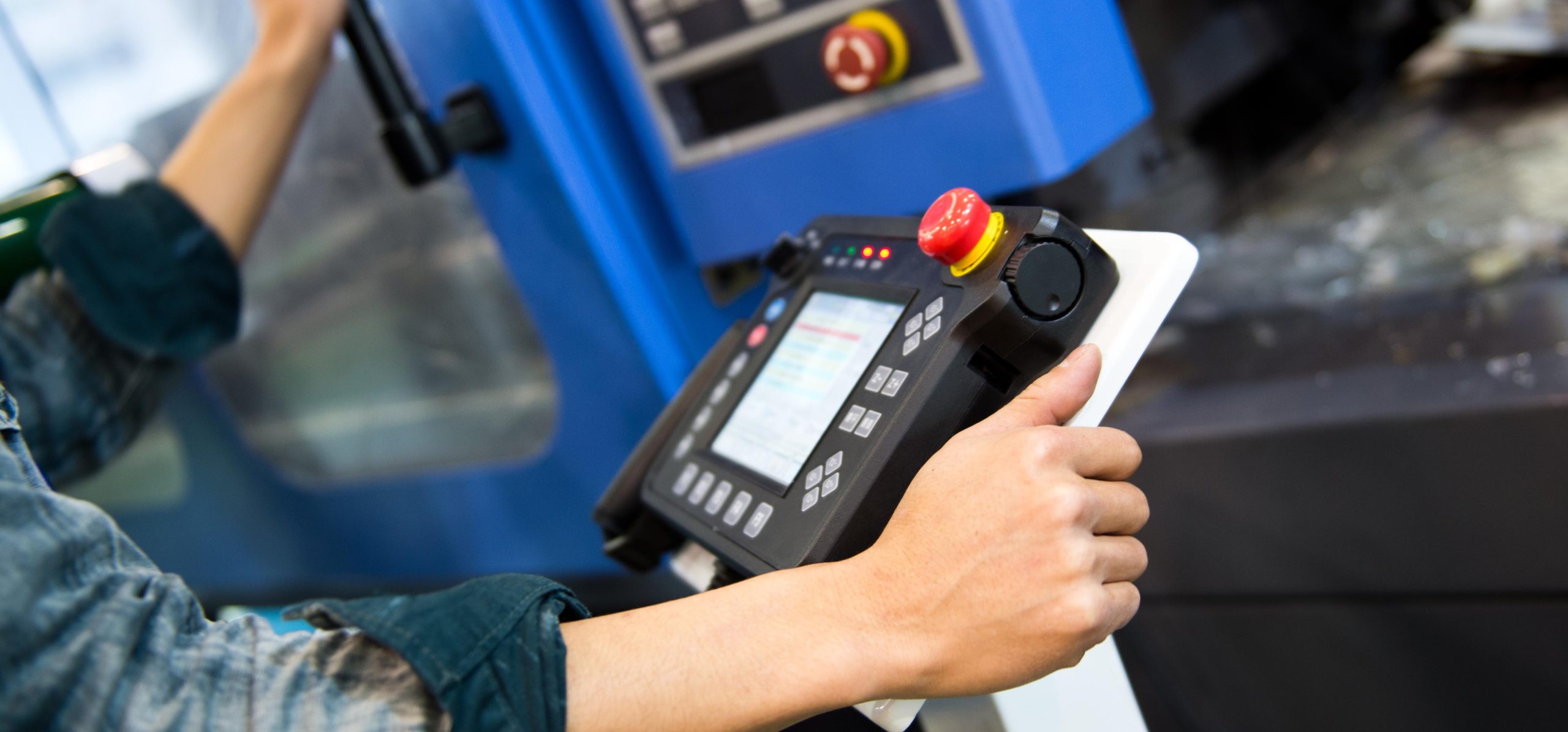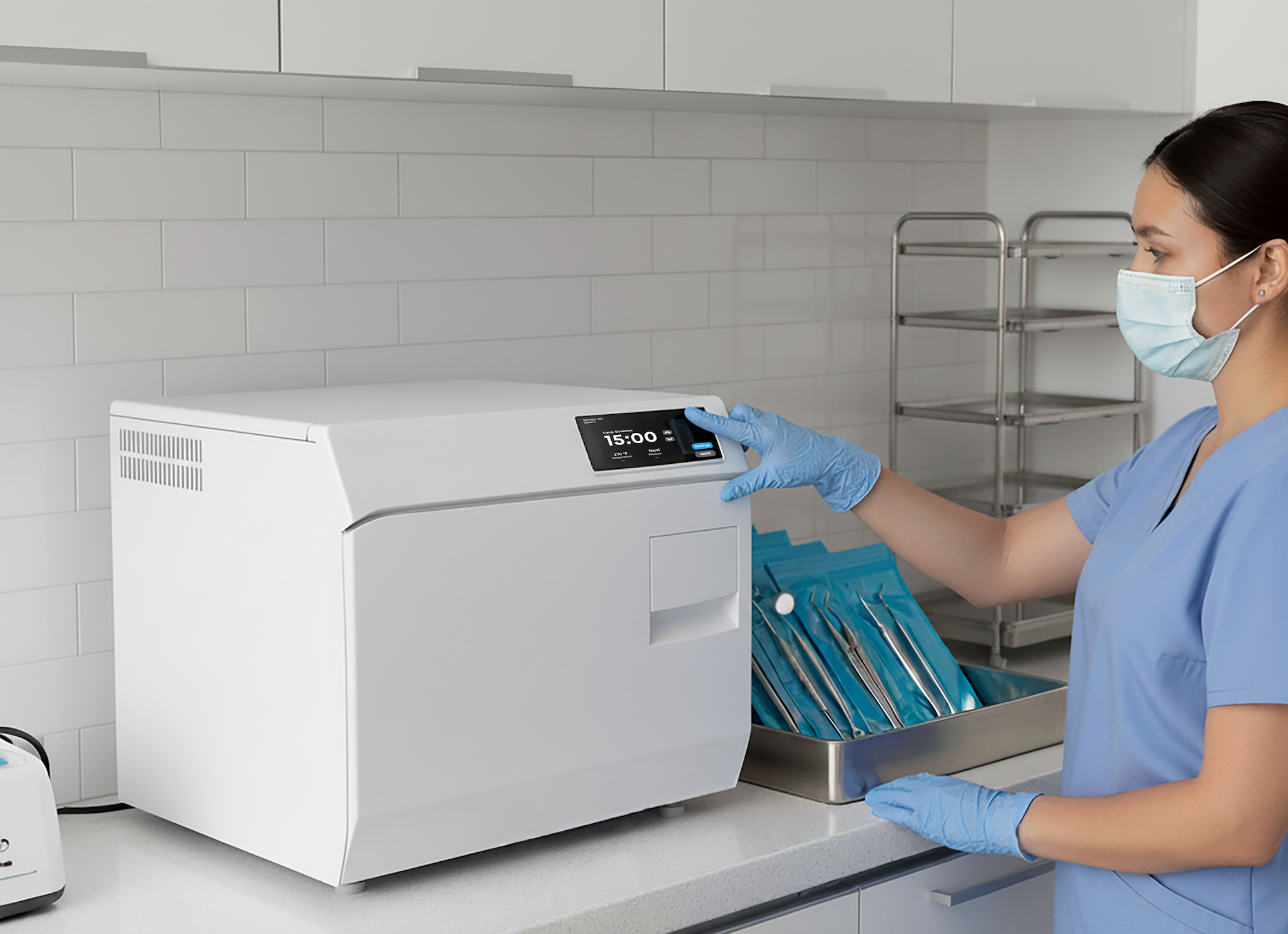In today’s modern industrial settings, Human Machine Interface (HMI) plays a crucial role as the bridge between humans and machines in control systems. A well-designed HMI can significantly impact operator experience, productivity, and overall operational efficiency.
At e2ip technologies, we recognize the importance of effective HMI solutions and are committed to delivering innovative and user-friendly interfaces that empower industries to thrive.
Understanding Human Machine Interface (HMI)
An HMI serves as the essential interface through which operators interact with machines and processes in control systems. Its significance lies in the seamless exchange of information, allowing humans to monitor and control complex industrial operations. Well-designed HMIs ensure a user-friendly and efficient experience for operators, ultimately leading to improved productivity and safety.
Key Components of HMI Screens
HMI screens are composed of various elements that collectively form an intuitive and informative interface. Clicktouch technology enables operators to interact effortlessly with the system, while dynamic graphics provide real-time feedback. HMI screen design features for displaying data effectively, such as line graphs and trend objects, allow operators to grasp critical information at a glance, enhancing situational awareness.
Guidelines for Designing Effective HMI Screens
Light Gray Screen Background and Color Usage
Utilizing a light gray screen background is a design choice that reduces visual clutter and enhances readability. Thoughtful color usage helps convey information effectively and avoids distracting the operator. When used judiciously, colors and animations can aid in highlighting essential details without overwhelming the user.
Consistent Screen Menus and Navigation
Consistency in screen menus and navigation is paramount for an HMI’s ease of use. Ensuring quick access to essential functions streamlines operator workflow and enhances overall efficiency. The incorporation of a background screen maintains consistency throughout the application, creating a seamless user experience.
Dynamic Graphics and Effective Data Display
Dynamic graphics are a powerful tool in HMI screens, providing operators with intuitive visual cues and real-time status updates. Proper data displays on equipment status screens empower operators to monitor trends and predict potential issues promptly.
Reserving Space for Important Items
Dedicating a portion of the screen to critical information, such as start/stop buttons and key set points, ensures essential data is readily available to operators. Organizing screen elements thoughtfully optimizes operator interaction and workflow, contributing to an efficient and user-centric design.
Engaging Operators and User Feedback
Talking to Operators and Gathering Input
Engaging with operators during the HMI design process is essential to understand their specific needs and tasks. Storyboards serve as valuable tools to gather feedback, ensuring that the design aligns with operator requirements and preferences, especially when a certain operation involves the use of both primary and alternate screens or interfaces.
Using Images and Real-world Visuals
Incorporating relevant images and real-world visuals aids operators in understanding machine status at a glance. Striking a balance between conveying essential information and avoiding excessive detail is crucial in creating clarity and enhancing user comprehension.
Leading the Operator and Providing Feedback
Color and animation can guide operators through complex processes and provide affirmative feedback for task completion. Ensuring situational awareness by displaying pertinent information concerning the current state of the machine or process further enhances operator performance.
Optimization and Standardization
Limiting Screen Access Clicks and Complexity
Minimizing the number of clicks required to access screens and optimizing the HMI layout streamline operator workflow and efficiency. Reducing complexity and providing clear navigation paths contribute to a smoother and more productive user experience.
Developing Style Guides and Object Libraries
Creating style guides promotes consistent HMI design across multiple screens, projects, and facilities, enhancing operator familiarity. Object libraries facilitate the efficient reuse of common elements, optimizing design and development time for HMIs.
Empowering Companies Through Innovative HMI Solutions
Designing effective HMI screens with a focus on interface and graphics is paramount in modern industrial settings.
A well-crafted HMI empowers operators, improves productivity, and optimizes control systems. At e2ip technologies, we take pride in our expertise in HMI solutions, smart structural surfaces, and innovative user interfaces that enable companies to achieve their goals.
With a commitment to excellence, we create HMI designs that redefine the way industries operate and thrive.



